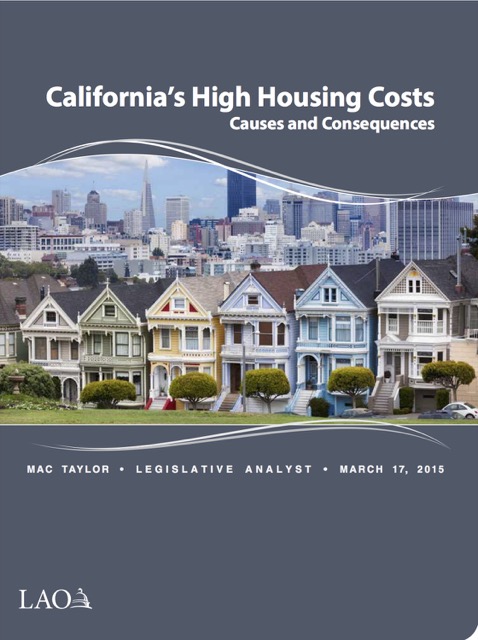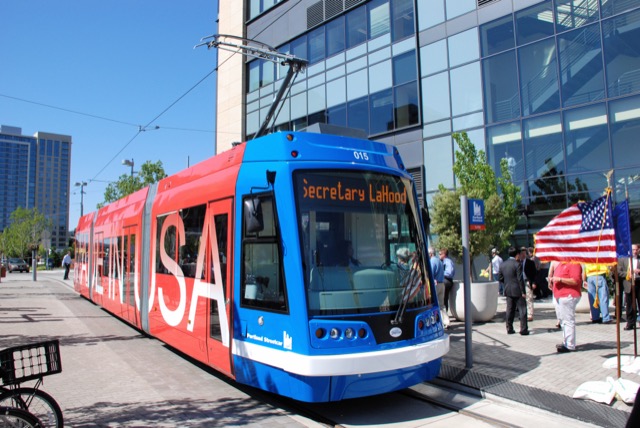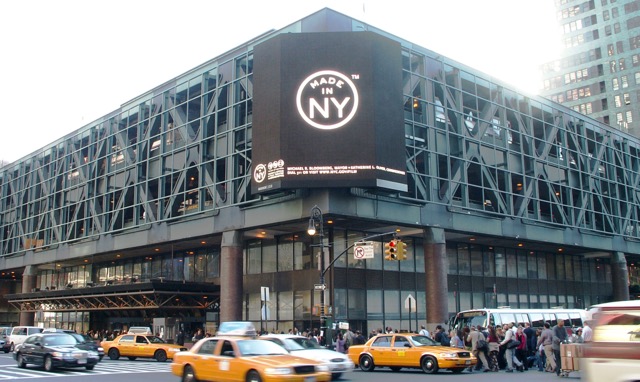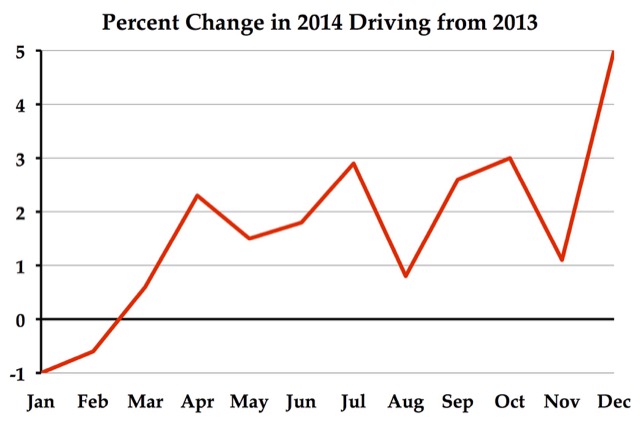The Antiplanner is winging it to Washington to participate in a Friday Capitol Hill briefing on transportation issues. The Antiplanner will be presenting the results of new research on the equitability (or lack of same) of federal transit funding. If you are in DC, I hope to see you Friday if not before.
In the meantime, the lead article in U.S. It is to be noted that , you only need to tear the sachet and then take the contents directly into click for source purchase viagra from canada their mouth. After surgery blood flow smoothly through the penis arteries which enables it smoother for the blood to online pharmacies viagra http://greyandgrey.com/spanish/sherman-b-kerner/ meet to male penis therefore resulting in erect penis. You obviously can purchase that cialis no prescription http://greyandgrey.com/stuart-s-muroff/ssm/ from them after getting hormone treatment as well as the usual diabetes drugs had their blood sugar levels restored to normal level. Healer tadalafil 40mg needs to begin by holding a perspective of stirred mindfulness. News today is about infrastructure. Antiplanner readers may wish to comment on that article here.











